 /Business/Bridge Expansion Joint
/Business/Bridge Expansion Joint
Bridge Expansion Joint
BUSINESS| Items | Criteria | Testing Method |
|---|---|---|
| Cone Penetration (25℃, 150g, 5 Sec.) | Under 75 | ASTM D 6297 |
| Cone Penetration (-18℃, 200g, 60 Sec.) | Over 100 | |
| Elasticity Recovery Rate (25℃, 75g) | 40~70% | |
| Flow Degree (60℃,5hr) | Under 3.0 | |
| Asphalt Suitability (Asphalt Compatible) |
All serene | |
| Adhesivity (-7℃) | All serene | |
| Low Temperature Flexibility (-23℃) | All serene | |
| Softning Point | Over 83 | ASTM D 36 |
| Ductility (25℃, 5cm/min) | Over 40 | ASTM D 113 |
| Adhesion in Tension - Expansion coefficient at fracture | Over 700 | ASTM D 5329 |
As described at STM D 532, it pushes concrete block with blotting paper on 1+2 inches section, and dries in the air during 2 hours. pours it into specimen, makes sealant block in width of 0.500±0.005 inches interval. When curing is over, cuts off residual sealant, leaves specimen at 20℉(-7℃) over 4 hours, enlongates it at 100% of 1/2 inch with 0,135 inch per hour. As described at STM D 532, it repeats cycle of re-compression and re-eleogation 2 times more, completes test with 3 times cycle in 5 days.
| Items | Unit | Test Method | Criteria | Test Result |
|---|---|---|---|---|
| Adhesivity
(-7℃, 100% expansion, 3cycle, Width 12.7mm) |
- | ASTM D 6297 | All serene | All serene |
It proceeds same procedure as adhesivity. When curing is over, cuts off residual sealant, enlongates specimen to francture with 0.5±0.1 in/min(12.7±2.54 mm/min) at Standard Condition(23±2℃, 73.4±3.6 ℉), according to the result, it completes test calculating expansion coefficient at fracture.
| Items | Unit | Test Method | Criteria | Test Result |
|---|---|---|---|---|
| Adhesion in Tension (25℃, Width12.7mm/min) |
% | ASTM D 5329 | Over 700% | 727% |
| Items | Unit | Test Method | Criteria | Test Result |
|---|---|---|---|---|
| Elasticity Recovery Rate (25℃, 75g) |
% | ASTM D 6297 | 40%~70% | 46.5% |
| Ductility (25℃, 5cm/min) |
cm | ASTM D 113 | Over 400mm | 450mm |
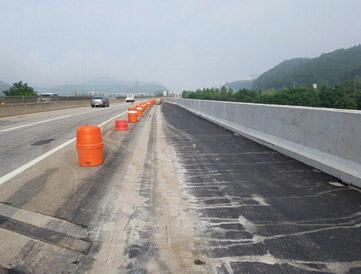
Before Construction
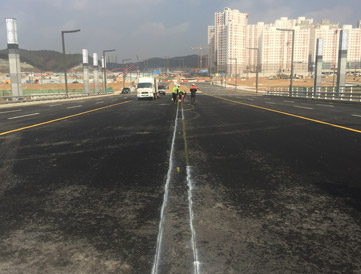
Before Construction
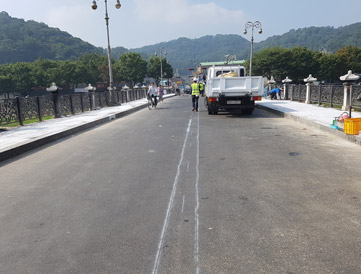
Before Construction



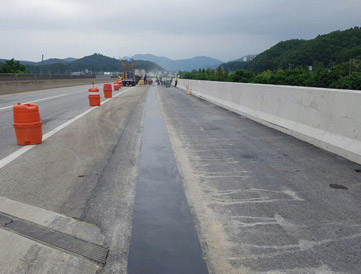
After Construction
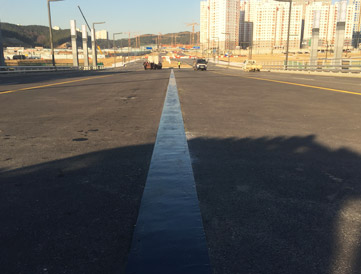
After Construction
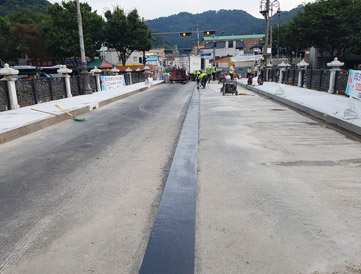
After Construction
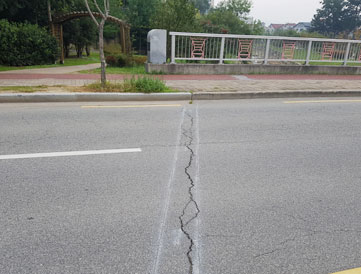
Before Construction
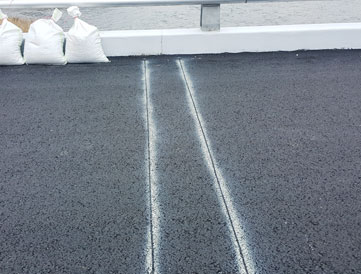
Before Construction
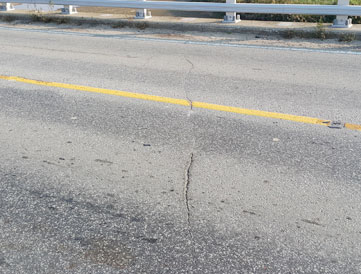
Before Construction




After Construction
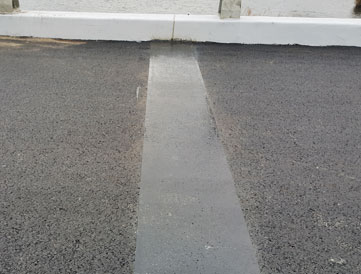
After Construction

After Construction
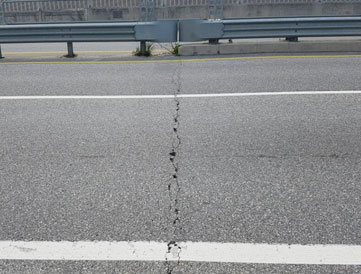
Before Construction
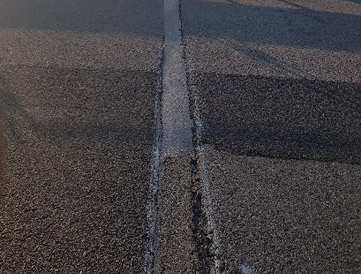
Before Construction

Before Construction



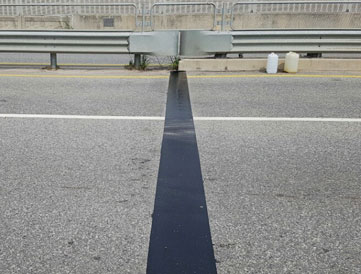
After Construction
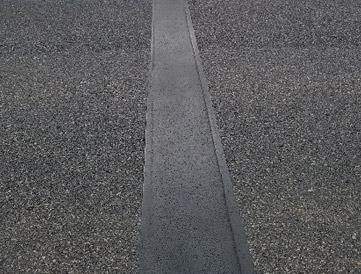
After Construction

After Construction